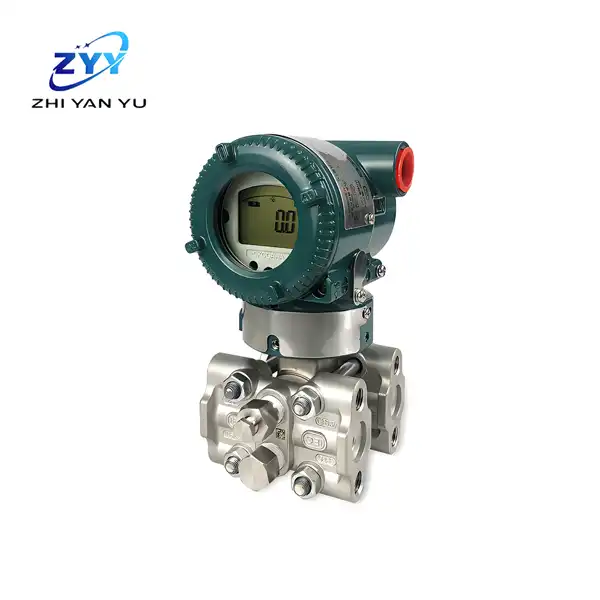- English
- French
- German
- Portuguese
- Spanish
- Russian
- Japanese
- Korean
- Arabic
- Greek
- German
- Turkish
- Italian
- Danish
- Romanian
- Indonesian
- Czech
- Afrikaans
- Swedish
- Polish
- Basque
- Catalan
- Esperanto
- Hindi
- Lao
- Albanian
- Amharic
- Armenian
- Azerbaijani
- Belarusian
- Bengali
- Bosnian
- Bulgarian
- Cebuano
- Chichewa
- Corsican
- Croatian
- Dutch
- Estonian
- Filipino
- Finnish
- Frisian
- Galician
- Georgian
- Gujarati
- Haitian
- Hausa
- Hawaiian
- Hebrew
- Hmong
- Hungarian
- Icelandic
- Igbo
- Javanese
- Kannada
- Kazakh
- Khmer
- Kurdish
- Kyrgyz
- Latin
- Latvian
- Lithuanian
- Luxembou..
- Macedonian
- Malagasy
- Malay
- Malayalam
- Maltese
- Maori
- Marathi
- Mongolian
- Burmese
- Nepali
- Norwegian
- Pashto
- Persian
- Punjabi
- Serbian
- Sesotho
- Sinhala
- Slovak
- Slovenian
- Somali
- Samoan
- Scots Gaelic
- Shona
- Sindhi
- Sundanese
- Swahili
- Tajik
- Tamil
- Telugu
- Thai
- Ukrainian
- Urdu
- Uzbek
- Vietnamese
- Welsh
- Xhosa
- Yiddish
- Yoruba
- Zulu
How Do You Install the Yokogawa EJA310A?
2024-08-09 11:15:29
Installing the Yokogawa EJA310A absolute pressure transmitter is a critical step in ensuring accurate pressure measurements in various industrial applications. This transmitter is known for its reliability, precision, and ease of integration into existing systems. Before diving into the installation process, it’s important to understand what makes the EJA310A unique. It is designed to measure absolute pressure, providing essential data for processes that require exact pressure readings, such as in chemical processing, power generation, and oil and gas industries. The EJA310A stands out for its robust construction, high accuracy, and advanced digital communication capabilities, making it a preferred choice for many industrial applications.
Preparing for Installation: What You Need to Know
Before beginning the installation of the Yokogawa EJA310A absolute pressure transmitter, proper preparation is essential. First, gather all necessary tools and materials, including mounting brackets, pressure fittings, and the appropriate communication cables. It’s also crucial to review the installation manual provided by Yokogawa to familiarize yourself with the specific requirements for your application. Ensure that the installation site is suitable for the transmitter, taking into account factors such as temperature, humidity, and vibration levels. Proper site selection will help in maintaining the accuracy and longevity of the transmitter. Additionally, make sure to verify the transmitter’s calibration status and update it if necessary before installation. Proper preparation not only simplifies the installation process but also ensures that the transmitter operates optimally from the start.
Step-by-Step Guide to Installing the Yokogawa EJA310A
1. Mounting the Transmitter
Begin by securely mounting the yokogawa absolute pressure transmitter in the designated location. Use the appropriate mounting brackets to ensure that the transmitter is stable and properly aligned. The mounting location should minimize exposure to extreme temperatures and vibrations, as these factors can affect the transmitter’s accuracy. Make sure the transmitter is easily accessible for future maintenance and calibration activities.
2. Connecting the Pressure Source
Next, connect the pressure source to the transmitter. This involves attaching the pressure fittings to the transmitter’s pressure inlet. Ensure that all connections are tight and leak-free to prevent any inaccuracies in pressure measurements. It’s important to use the correct fittings and follow the recommended torque specifications to avoid damaging the transmitter. After connecting the pressure source, slowly apply pressure to check for any leaks and to verify that the transmitter is reading the pressure accurately.
3. Wiring the Transmitter
The wiring process involves connecting the Yokogawa EJA310A to the power supply and communication network. Begin by connecting the power supply wires to the appropriate terminals on the transmitter, ensuring correct polarity. Next, connect the communication cables, typically 4-20 mA, HART, or Fieldbus, depending on your system’s requirements. Proper wiring is crucial for accurate data transmission and reliable operation. After wiring, double-check all connections to ensure they are secure and that there are no loose wires or shorts.
4. Configuring the Transmitter
Once the physical installation is complete, configure the yokogawa absolute pressure transmitter using the appropriate software or handheld communicator. This step involves setting up parameters such as the range, zero, and span, as well as configuring any necessary digital communication settings. Proper configuration is key to ensuring that the transmitter operates within the desired parameters and communicates accurately with the control system. It’s also recommended to perform a final calibration after configuration to verify the transmitter’s accuracy.
Best Practices for Maintaining Your Yokogawa EJA310A
Regular maintenance is essential to ensure the longevity and accuracy of the Yokogawa EJA310A absolute pressure transmitter. Start by scheduling periodic inspections to check for signs of wear, corrosion, or damage. These inspections should include a review of all connections, pressure fittings, and wiring to ensure they remain secure and free from leaks or other issues. It’s also important to regularly clean the transmitter to remove any dust, debris, or contaminants that could affect its performance. Calibration checks should be performed at least once a year or more frequently if the transmitter is used in critical applications. Keeping detailed records of maintenance activities, including calibration results, is crucial for maintaining compliance with industry standards and ensuring the transmitter’s long-term reliability.
Common Installation Challenges and How to Overcome Them
Installing the Yokogawa EJA310A can sometimes present challenges, particularly in complex or harsh environments. One common challenge is ensuring accurate alignment during mounting. Misalignment can lead to inaccurate pressure readings or even damage to the transmitter. To overcome this, use a spirit level or laser alignment tool to ensure the transmitter is properly aligned during installation. Another challenge is dealing with environmental factors such as temperature extremes or vibration. To mitigate these issues, consider using protective enclosures or vibration dampers to shield the transmitter from harsh conditions. Additionally, if you encounter issues with communication or wiring, double-check all connections and consult the installation manual or manufacturer’s support for troubleshooting tips.
Troubleshooting Tips for Yokogawa EJA310A Installation
If you encounter issues during the installation of the Yokogawa EJA310A absolute pressure transmitter, several troubleshooting steps can help resolve common problems. First, if the transmitter is not providing accurate readings, check the pressure source and fittings for leaks or blockages. Also, verify that the transmitter is properly calibrated and configured according to your system’s requirements. If there are communication issues, inspect the wiring for loose connections or shorts and ensure that the correct communication protocol is being used. If the problem persists, consult the manufacturer’s technical support for further assistance.
Conclusion
Proper installation of the Yokogawa EJA310A absolute pressure transmitter is crucial for accurate and reliable pressure measurements in your industrial applications. By following the steps outlined in this guide, including thorough preparation, careful mounting, and precise configuration, you can ensure that your transmitter operates at peak performance. Regular maintenance and troubleshooting will further enhance the transmitter’s longevity and accuracy, providing you with reliable data for years to come.
If you want to get more information about this product, you can contact us at lm@zyyinstrument.com.
References
1. Yokogawa. "EJA310A Absolute Pressure Transmitter User Manual." Yokogawa Electric Corporation, 2024.
2. Instrumentation Engineering Handbook. "Best Practices for Installing Pressure Transmitters." McGraw-Hill, 2022.
3. ISA. "Standards and Guidelines for Pressure Measurement." International Society of Automation, 2023.
4. ABC Process Control. "Installation and Maintenance of Pressure Transmitters in Industrial Applications." ABC Publishing, 2023.
5. Automation World. "Ensuring Accurate Pressure Measurements with Yokogawa Transmitters." Automation World, 2024.
6. XYZ Calibration Services. "Calibration Procedures for Yokogawa EJA Series Transmitters." XYZ Technical Press, 2023.
YOU MAY LIKE

